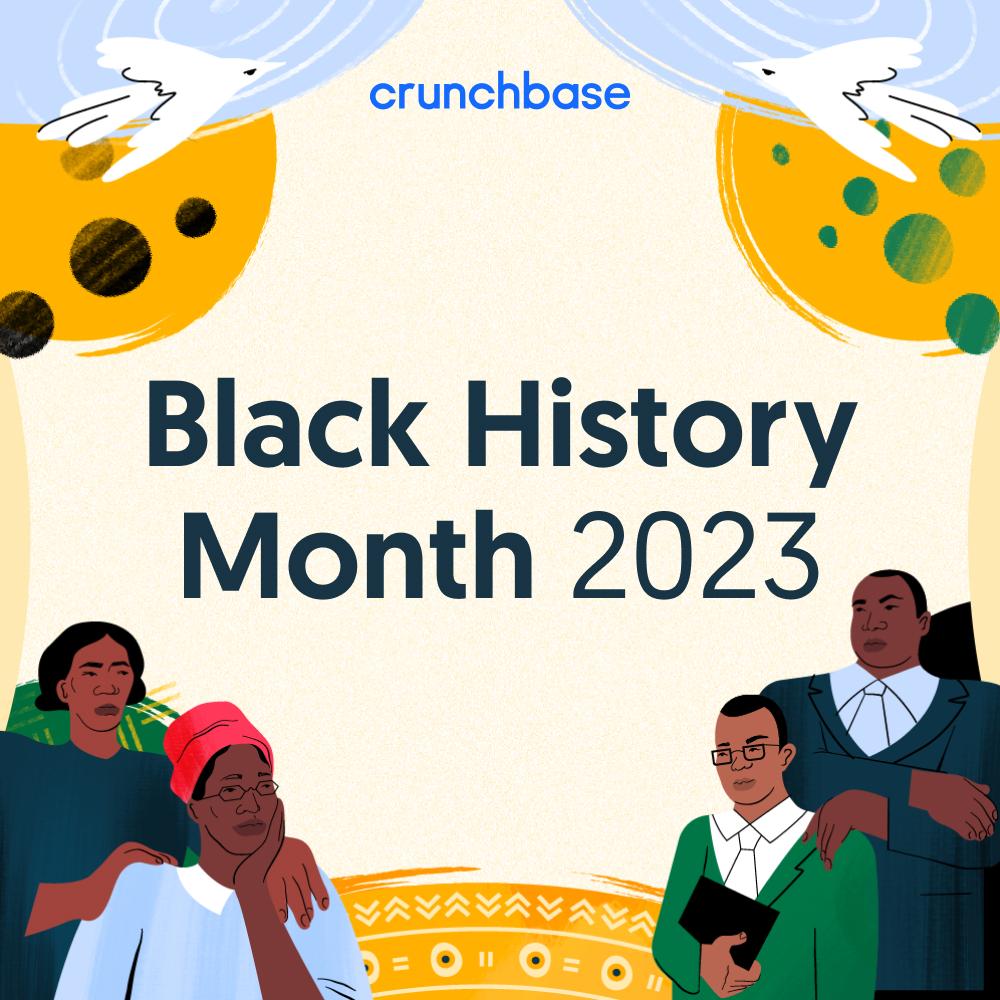The Crunchbase “Investor Spotlight Series” is comprised of stories, Q&As and thought-leadership pieces from investors making a difference in the venture capital ecosystem.
Taylor Brandt, investor at Headline, leverages her depth of consulting and operating expertise to fund and support the next generation of disruptive B2C and B2B commerce tools.
After spending half a decade in the growth and analytics world at Rockets of Awesome and Red Sea Ventures, Brandt is now laser-focused at Headline, investing in the next wave of e-commerce enablement technology built for consumer and enterprise-scale businesses.
In this Q&A, Brandt dives into the reasoning behind her transition from consulting to venture capital and the pillars of Headline’s B2C and B2B approach to investing. She breaks down the values that drive her work, how she got into venture capital, and her learnings along the way.
Q: What’s your investment thesis at Headline?
My primary focus lies in a category called “Redefining Commerce.”
From my lens, I strongly believe that commerce across B2B and B2C mimic each other in many ways. The broader thesis and investing mandate focus on three categories: e-commerce infrastructure, B2B and consumer marketplaces, and go-to-market technologies.
Diving deeper, this thesis often spans investments across sales enablement, marketing enablement and analytics tools that power real-time decision-making for digitally native merchants selling into consumers whether they buy on behalf of themselves or their business. Many of the tools that were used to hyper-target consumer businesses are now being used to target business buyers.
Based on my background as both an investor and an operator, the future of buying experiences is personalized, segmented and easy to use. Whether you’re buying physical goods, digital goods, or software, consumers deserve an optimized user experience. That’s where I believe commerce enablement tech will continue to rely on product-led growth in the coming years.
Q: How have you matured as an investor?
When I started angel investing, my intention was primarily around gaining experience and deep exposure to the next generation of emerging software companies. I got these angel allocations by putting in the hours and supporting data, growth and financial analysis, so I structured it around what I would’ve charged for consulting fees, but in equity. Angel investing and advising led me to full-time opportunities at early- and growth-stage venture shops where I could write bigger checks.
Unlike many angels, in the early days of cutting personal checks, I was still pretty rigorous from a financial underwriting and data perspective. However, once I started investing at a fund level, I focused much more seriously on market size, month-over-month growth rates, and customer segmentation broken down by cohort performance. In addition, getting clear insight into the distinct payback periods for a potential investment and which acquisition and retention tactics worked most effectively became crucial.
While layering on more robust analytical analysis was critical for me, I never lost sight of wanting to find amazing founders whose visions I connect with and businesses I actually believe I am the right investor for. And with repetition, I quickly learned to invest at the pace of venture.
Q: How did you start writing angel checks?
When I started writing angel checks in early-stage companies like Tydo, Deep Channel and Hightouch, many of these opportunities stemmed from personal pain points with current tech stacks, conversations with e-commerce operators and founders that were telling me how good the product was, or helping founders in their earliest periods of ideation based on my experiences.
Then, I’d find a way to get in front of the founders and we’d start jamming on verticals of the business that I could support. Similar to most folks’ experiences with angel investing, each deal I did made it easier to get into the next.
There’s a domino effect in play, especially when it comes to an angel’s social proof in the ecosystem and their ability to drive value, whether it’s in the form of ongoing help around data and cohort analysis, GTM support, or tactical product and design sprints with the team.
In my opinion, the best investors—both angels and full-time VCs—need to know their sweet spot regarding vertical, stage and specific business functions to which they can add tangible value.
Q: What initially drew you to Headline as a venture fund?
One of the primary reasons I was drawn to Headline is its data-driven investing strategy.
As someone who has worked in the operating side of commerce, this is a game-changer.
From a tactical lens, Headline built out internal tools to determine product-market fit across all verticals, based on historic portfolio data. We have seemingly endless sets of data around fund performance with leading indicators of each portfolio company’s YoY growth trajectory.
We also have a growth team that helps identify best-in-class companies at later stages, as well as a global platform team to evaluate performance and growth trends across other regions and demographics that can help portfolio companies aggressively capture market share.
As an operator at heart, this allowed me to couple my hands-on investing and relationship approach with tools that have helped Headline design a streamlined system that allows our team to spend less time sorting through data and more time on the product, customer, founder and market.
Q: How do you develop conviction in new investments?
The hardest thing to get companies to do is make introductions to their customers. Yet, the best way to get a conviction on a deal is by talking to customers directly to gauge whether a new tool or marketplace is a “must-have” or a “nice to have” in the broader context of the company.
Seed funds, for the most part, hustle to curate and maintain a range of customer relationships for this exact reason. However, it does become more difficult to secure that conviction at multistage and growth funds, which instead lean heavily on services like AlphaSights, Tegus and others.
That doesn’t just mean continuing to pay, but making sure the core customers continue to use it and get value from it over time.
Diving even deeper here, if you can continuously grow your customer base from a data and underwriting lens, you have a scalable GTM motion that allows for payback on those customers.
Q: What qualitative signals sway you toward an investment?
The key qualitative signal I look for in a potential investment is the founder’s ability to proactively seek out and implement feedback from customers, founders and investors alike. I look for founding teams who are intentional at both leading and absorbing knowledge at a rapid pace.
I need to believe that this person can be a stellar leader, not just a domain expert. The ability to bring on advisers and team members, and convince folks to join them on their journey—especially before they have funding—speaks volumes about that founding team’s potential growth velocity.
Curious to read more of Brandt’s thoughts on the future of e-commerce enablement technology? Check out her Headline blog posts, Medium articles and Twitter musings.






